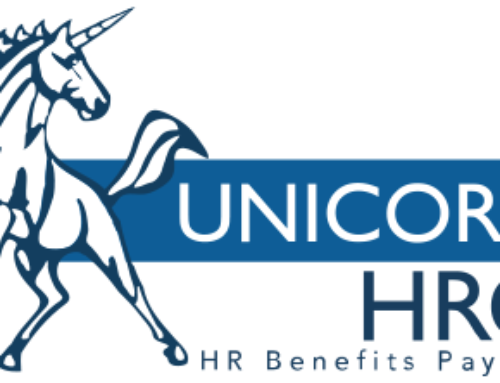Over the past decade, HR Technology has evolved in a variety of ways improving the way in which HR departments work. HR software programs such as cloud based, SaaS Based Applications, and Business Intelligence models, have changed the way in which HR departments collect, analyze and record data. Technology has automated almost all HR processes from applicant tracking, benefits administration, payroll, time and attendance, to training and performance evaluations.
As technology continues to improve, HR managers are turning their attention to more advanced processes, including HR planning and forecasting, strategic alignment of HR activities, and enhanced decision making. Software systems such as HRIS allows departments to use multiple subsystems to record, maintain, and work with data in ways which can be tailored depending on the department viewing it and their specific needs.
One of the fastest growing areas in HR technology is that of Embedded Analytics. Embedded Analytics gives HR departments the ability to apply reporting and analytical tools to core applications and existing infrastructure such as talent management suites. This allows HR departments to access a wider range of existing data which can be used to drive business decision making. The use of data based analytic models helps HR departments to effectively manage their workforce and to monitor the impact of recent changes in policies and procedures. Business Intelligence (BI) solutions use in-memory databases, giving HR managers the ability to access and retrieve both historical and real time data. This helps HR managers to determine the cause of anything from poor customer satisfaction to a high turnover of employees. In memory technology also allows for what-if analysis modelling, the predictive analysis of complex data based on the change in a specific set of variables. HR managers are able to engage in predictive analysis and understand how independent variables such as a change in company processes could affect dependent variables before deciding to implement changes.
With the improvement in predictive metric tools, managers can now predict career longevity of potential employees based on similarities in characteristics to employees who have left the company, and predict which current employees are more likely to leave the company and why. There has also been a substantial improvement in the type of data which companies are able to record and retrieve, with new technology now allowing for richer and more granular data to be captured. This gives HR departments the ability to analyze anything from identifying the best performers to matching employees with work roles based on their skills, abilities and personal characteristics.
HR tools are now more adaptable than ever and can be easily configured to meet the specific needs of the company, including being easily updated to meet the changing needs of an organization. The benefits of these advances in HR technology are great and have now become an integral part of any organization.

